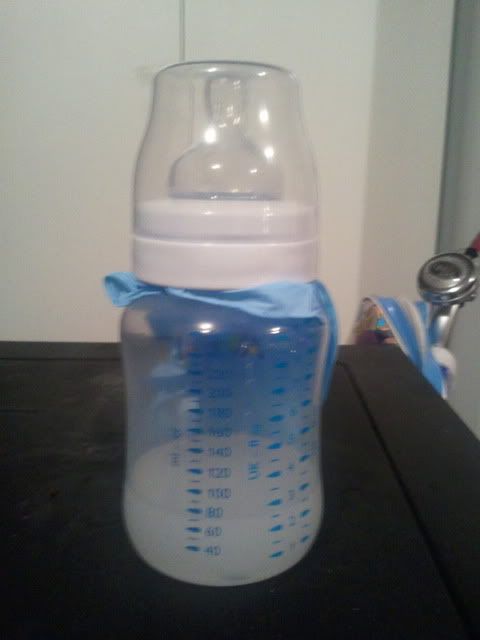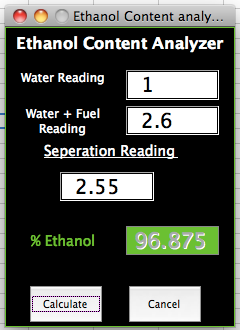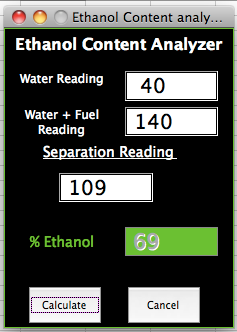
CARBON FIBER 101
Educate yourself in the WORLD OF CARBON FIBER PRODUCTS. First of all, not all carbon fiber products are EQUAL. Please read this carefully and consider all the facts before buying any carbon fiber parts. We want to teach YOU how to buy carbon fiber products and get your money’s worth.
Why do we care? We care because too many individuals are unaware about BAD carbon fiber products. There are established manufacturers and Ebay sellers who are promoting inferior carbon fiber products. Too many consumers make the wrong decision before purchasing a product. Most manufacturers will not give you any of this information because a sale is a sale and they do not care about the consumer. We are going to tell YOU all of the secrets that manufacturers do not want you to know!
ABOUT FORMULA ONE RACING CARBON FIBER PARTS
The best carbon fiber parts are made for Formula One racing. You will never be able to buy these parts nor would you want to ever buy these parts because:
-They are ridiculously expensive.
-The high quality is unnecessary for automobile racing/street riding.
HERE IS THE STORY
Carbon fiber products are composed of two materials: resin and fabric. Good carbon fiber products should only be made with EPOXY RESIN and CARBON FIBER FABRIC.
THE IMPORTANCE OF EPOXY RESIN
Before you buy, ask your seller: "What kind of resin does your company use for carbon fiber and its derivatives?"
 The wrong answer is POLYESTER RESIN!!!
The wrong answer is POLYESTER RESIN!!! 
-Polyester resin is the cheapest product that any company can buy when working with carbon fiber or its derivatives.
-Polyester resin has a blueish finish instead of a clear finish. The blue tint significantly reduces the appearance of the product.
-Polyester resin is inflexible and will spider-crack at the mere thought of bending. Spider cracks fracture from the point of damage and are very difficult to fix.
-Excessive amounts of polyester resin need to be used during the molding process. This adds considerable weight to the product and defeats the purpose of purchasing lightweight carbon fiber.
-Polyester resin will shrink over time and alter the shape of the final product, resulting in installation headaches and additional modifications for fit.
-Polyester resin is not UV resistant and will turn yellow over time.
 The correct answer is EPOXY RESIN!!!
The correct answer is EPOXY RESIN!!! 
Epoxy resin is the industry standard for high-performance race products.
1.-Epoxy resin is extremely flexible. The flexibility allows a carbon fiber product to absorb a high level of impact force without breaking.
2.-Epoxy resin does not spider-crack. When epoxy reaches it’s maximum bending potential (MBP), it will form only a single crack at the stress point.
3.-Epoxy resin has a transparent finish that allows the deep, black 3D appearance of the carbon fiber to show through.
4.-Epoxy resin does not shrink.
5.-Epoxy is 100% UV resistant.
Photo Examples of Polyester Resin problems
-Flexible Epoxy vs. Inflexible Polyester
Spider-Cracks
(Above) Look at the multiple spider cracks on polyester resin based fender.
(above) Polyester resin: Note the spider crack, and excessive resin around mounting hole.
(above) Using Epoxy Resin: By comparison, look at a cracked fender with Epoxy resin, you can barely see the crack. Remember, Epoxy resin will form only a single crack at stress point after reaching Maximum bending potential.
Blueish Tint vs. Clear Tint
(above): Note the blueish finish on the polyester resin.
(above): Epoxy fender on left, Polyester resin on right. Note how the colour comes through better on the 100% clear Epoxy resin finish piece.
(above): Again, Epoxy fender on left, Polyester resin on right. The polyester resin's non-clear coating can be seen here.
Most manufacturers do not use epoxy resin because they are more interested in profits rather than delivering light, flexible and durable carbon fiber. Epoxy resin costs about 3x (three times) more than polyester resin. Epoxy resin (which is a liquid-like material) is more difficult to work with than polyester resin (which is a thicker viscous material). Epoxy resin is also toxic in its natural liquid form and requires high-grade ventilation systems to work with it safely. Yet these manufacturers who use polyester resin charge the same prices as carbon fiber products made with epoxy resin!
THE IMPORTANCE OF USING ONLY CARBON FIBER FABRIC
Before you buy, ask your seller: "How many layers of carbon fiber does your company use?"
Most companies claim that they manufacture carbon fiber products, however, this is only half the truth. 95% of companies use only ONE LAYER OF CARBON FIBER and TWO-THREE LAYERS OF FIBERGLASS. They spray paint the inside black so you cannot see the clear white fiberglass. Consumers are paying premium prices associated with pure carbon fiber products but are receiving inferior products made with fiberglass.
High-end companies will use two to three layers of carbon fiber. Sometimes a silk glass product is used to seal the edges and overlapping carbon fiber is used to prevent splinters and smooth transitions in layers. This silk glass product is called Avio-fiber – it is extremely expensive but results in a lightweight, superior product.
RESIN AND FABRIC IS IMPORTANT FOR MOLDS TOO!
Resin and fabric is also important in the creation of molds! In order to create a carbon fiber part, a mold needs to be created. This mold provides the shape of the part. The mold is the first and most expensive part of the manufacturing process. To save money, bad manufacturers will make their molds from polyester resin and fiberglass. The polyester resin will shrink over time and will cause the mold to become deformed. Fiberglass is not durable so the mold will eventually twist and crack. These manufacturers will try to repair the mold and continue to manufacture defective carbon fiber parts that will require substantial modification to install.
High quality molds are made with epoxy resin and carbon fiber, just like the final product.
THE FINAL WORD ABOUT CARBON FIBER
So now you are informed about what you need to buy good quality carbon fiber products. Call your company and ask what kind of products they sell. If you hear “fiberglass” or “polyester resin”, hang up. If they stumble and give you a BS answer, you know what the real answer is. You have just been educated. Good luck on your future purchases!












